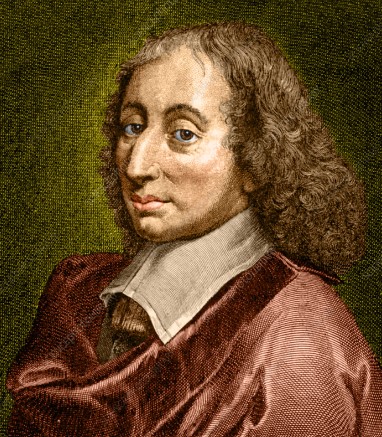Pascal's Triangle is named after the 17th-century French mathematician Blaise Pascal, however, he wasn't the first to start working on this pattern of numbers. This triangle is also known as Yang Hui's Triangle in the Far East, named after the 13th-century Chinese mathematician. To this date, the Chinese will not refer to this pattern as Pascal's Triangle and will continue to refer to it as Yang Hui's Triangle. The Persian mathematician named Omar Khayyam was also able to study this pattern in the 11th century and it may also be known as Khayyam's Triangle. During the 10th century, Arab mathematicians developed a mathematical series for calculating the coefficients for (1 + x)n when n is a positive number. Around 1070, Khayyam worked on binomial expansion and numerical coefficients found in Blaise Pascal's publications. However, Blaise Pascal is known more prominently due to his revolutionary publication "Traité du Triangle Arithmétique" which developed the properties and applications of Pascal's Triangle which will be discussed further forward. Blaise Pascal had a talent for presenting concepts and methods with precision. "Howard (1969) describes Pascal as the greatest 'might-have-been' mathematician. He had a deep understanding and intuition of geometrical concepts and ideas, but due to the circumstances of his life the world was not to see them fully developed," (Bowers, 1975, 11). He suffered from both physical and mental pains. It is astonishing that Blaise Pascal could leave the world with the significant contributions he made with only 39 years of life.

Blaise Pascal